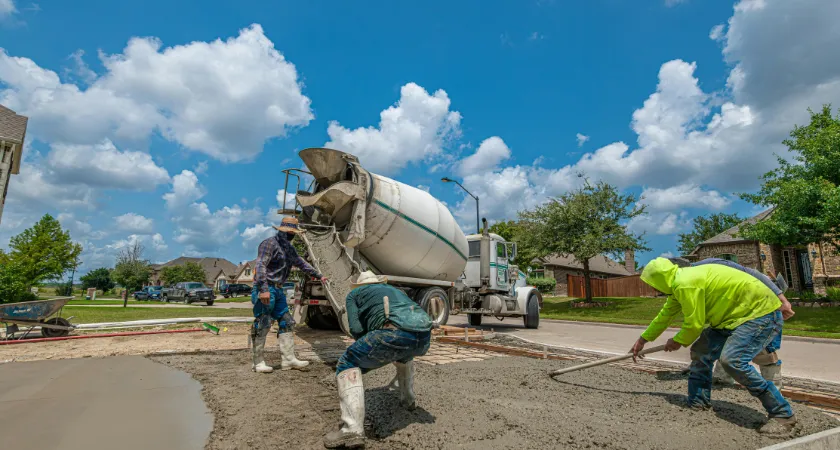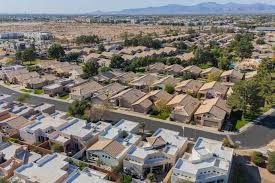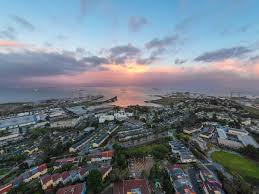
SAN FRANCISCO — More than 20,000 housing units in San Francisco, some approved as long as a decade ago, remain stuck in the construction pipeline. Despite a growing population, escalating housing prices, and state-mandated housing targets, developers say that economic and regulatory hurdles are making it nearly impossible to break ground.

According to a report by Roland Li in the San Francisco Chronicle, the city’s residential development slowdown is striking. In 2024, only 1,453 newly built homes were completed — a steep decline from the 5,000 units delivered in 2020. “Plans for only 2,541 new homes were filed in 2024, and the city is woefully behind its state-mandated housing goals that call for 82,000 units permitted by 2031,” the report notes.
Developers cite a combination of factors contributing to the stagnation: inflation, additional city fees, supply chain challenges, and tariffs on construction materials implemented during the Trump administration. Even though housing prices have climbed, rents remain below pre-pandemic 2019 levels, further eroding the financial incentives for large-scale residential construction.
Several high-profile megaprojects are among those stalled. These include:
At Hunters Point, the land’s history has made redevelopment particularly difficult. “The Cold War-era shipyard housed Navy ships that had been irradiated by nuclear weapons tests. Ships also included paint with radium, strontium and promethium to increase visibility at night — toxins that were later dumped in the neighborhood.” Cleanup efforts and regulatory reviews have added years to the project timeline.

Other developments have faced opposition from neighboring communities, particularly in projects that would increase building heights or density in historically low-rise areas.
The stalled projects come as San Francisco struggles to meet its Regional Housing Needs Allocation (RHNA) targets, which require the city to approve and permit over 82,000 new homes by 2031, including tens of thousands designated as affordable.
Housing policy experts warn that if San Francisco cannot accelerate construction, the shortage will worsen, pushing home prices even higher and displacing more residents. They point to potential solutions such as streamlining the permitting process, reducing certain impact fees, and implementing temporary cost offsets to incentivize developers to move forward.
For now, the skyline in many neighborhoods remains unchanged, and massive tracts of entitled land — from the windswept waterfront at Candlestick to the sprawling Parkmerced complex — sit waiting for the conditions to be right for construction to begin.
Originally reported by Diana Lonescu in Planetizen.